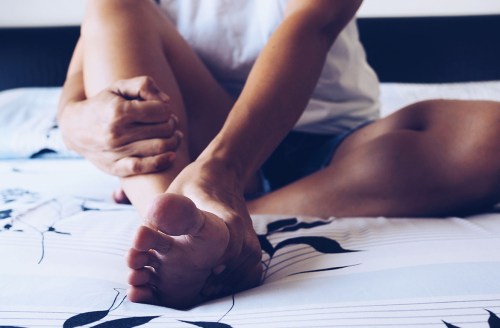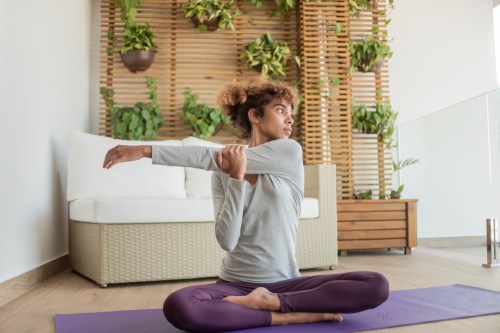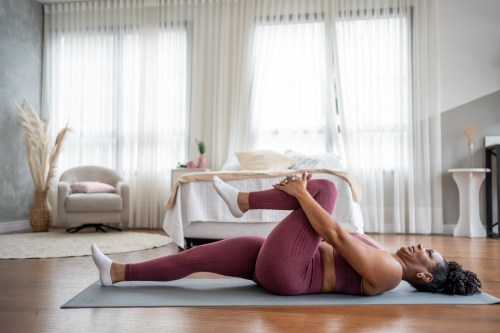Why One Physical Therapist Says the Secret To Strengthening Your Toes and Preventing Bunions Is a Spoon
Bunions are one of the most common foot ailments. Learn how to help with a physical therapist's tips to prevent bunions with a spoon.

About 23 percent of adults between the ages of 18 and 65 have bunions. Over time, the intrinsic foot muscles, specifically the big toe, weaken and get difficult to spread. Though not always debilitating, “bunions are a progressive condition in which there is a bony prominence that protrudes near the big toe joint,” says Adam Kaplan, DPM, podiatrist and CEO of Arcus Orthotics. They can be majorly frustrating when it comes to wearing certain types of shoes or during long periods of walking and movement.
Experts in This Article
podiatrist and CEO of Arcus Orthotics
physical therapist, yoga instructor, and founder of LYT Method
“The most common causes of bunions are genetics and the biomechanics of your foot structure,” says Dr. Kaplan. While the condition can worsen over time from the pressure of ill-fitting or high-heeled shoes, there are certain stretches that you can do to relieve some of the pain and pressure. According to physical therapist and founder of LYT Yoga Lara Heimann, PT, one of the easiest exercises you can do only requires one item and you already have it in your kitchen drawer—a spoon!
According to Heimann, all you have to do is press your big toe into a spoon and slide it (with your toe firmly planted on it) across the floor, away from the other toes. This practices toe adduction and familiarizes your muscles with the moving away motion. After practicing this movement a few times a day, you should feel the muscles in your toes strengthen while becoming more able to hold their position away from the rest of your toes.
Watch how Heimann does it an Instagram video:
According to Dr. Kaplan, the spoon method is most beneficial for early onset bunion pain and to use as a short-term remedy to stop the bunion from worsening. As the bunion deformity progresses, the spoon method will be less effective for bunion realignment and pain relief, he explains.
While you cannot entirely prevent bunions, you can limit their progression or decrease the pain by strengthening your toes with targeted exercises, properly fitted shoes (especially those with a wide toe box), and limited additional pressure to a low-grade bunion by wearing orthotics in your shoes.
Oh hi! You look like someone who loves free workouts, discounts for cult-fave wellness brands, and exclusive Well+Good content. Sign up for Well+, our online community of wellness insiders, and unlock your rewards instantly.
Sign Up for Our Daily Newsletter
Get all the latest in wellness, trends, food, fitness, beauty, and more delivered right to your inbox.
Got it, you've been added to our email list.










